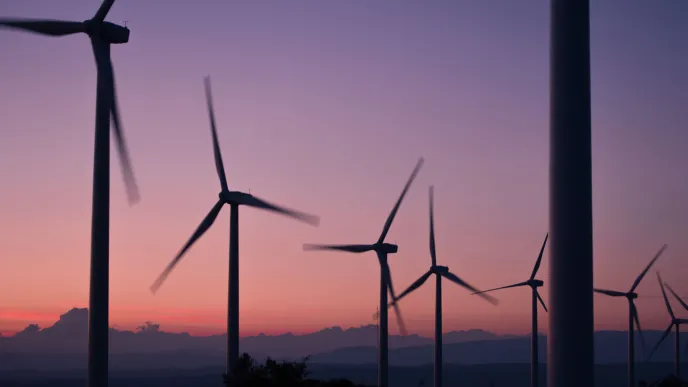New research verifies: The energy sector can reach the 1.5°C target in a cost-neutral way
Low-cost renewable electricity is the key driver of the global energy transition towards sustainability. A new study led by LUT University describes the only known cost-neutral energy system transition scenario that meets the 1.5°C climate target set in the 2015 Paris climate agreement, while energy services demand increases substantially. The presented pathway relies on solar photovoltaics, batteries and electrolysers as the key technologies.
Climate change and the necessity to achieve the United Nations Sustainable Development Goals demand unprecedented economic and social shifts around the world, including a fundamental transformation of the global energy system. An energy transition is underway in most regions, predominantly in the power sector.
Based on an energy system transition model created at LUT University, a new study describes a scenario where the 1.5°C climate target in the energy sector can be met without increasing the costs per energy unit or requiring negative CO2 emission technologies as part of the system.
The carbon budget according to the "Global Warming of 1.5°C" of the IPCC is used, whereas the accelerating climate change may lead to a shrinking remaining carbon budget for a 1.5°C climate target. The global energy demand is covered across all demand sectors, while the energy transition is investigated for the world structured into 145 regions. The study was done in collaboration with the Energy Watch Group.
"The results in our study describe a scenario, that has been claimed as impossible, according to IPCC reports. We are, however, able to show that with a comprehensive direct and indirect electrification of the energy system, and renewables-based electricity supply, the climate targets can be met without increasing the costs per unit of energy," says Christian Breyer, Professor of Solar Economy at LUT University.
Solar photovoltaics, batteries and electrolysers key technologies
The LUT model optimises the energy system in full hourly resolution, ensuring the balance of energy demand and supply for all hours of the year. According to the research group, the three most important energy technologies in the scenario are solar photovoltaics (PV), batteries and electrolysers.
"Each region will have a unique energy system structure, but globally solar PV is the main and least-cost source of energy, while wind energy, hydropower and sustainable bioenergy complement the renewable energy supply. Batteries enable 24/7 solar electricity supply and road vehicle electrification, and electrolysers are the first conversion step for almost all indirect electrification options," explains Dmitrii Bogdanov, LUT researcher and lead author of the research article published in Energy.
Bogdanov continues that electricity becomes the backbone of the future energy system, providing energy for heat, transport and other services.
"Renewable electricity, sector coupling and power-to-X solutions will be the central pillars of the transition towards a sustainable energy system. Such a transition will require substantial investments but can be managed by 2050 and in contrast to many public statements, the global average levelised cost of energy in a sustainable energy system can even be lower than today," Bogdanov concludes.
More information:

Dmitrii Bogdanov






